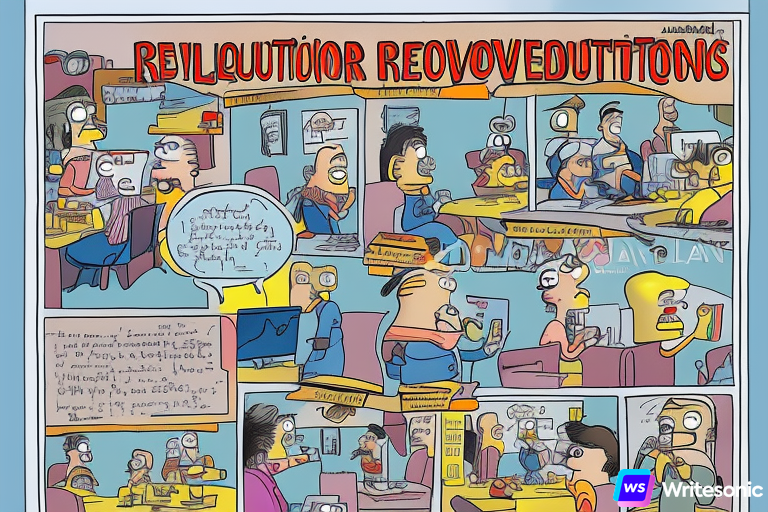Competency Based Education: An Executive Summary
Competency based education is meeting the demand for continuing education programs that emphasize the skills (competencies) of a student instead of knowledge alone. This document provides the aspects of “what we understand” to be the scope of work for a college in Washington. The scope of work includes a competency-based educational program, course development and design, as well as proposed program resources for the continuing education department. We will provide central oversight of online program development and delivery, instructional design, media development, and faculty training and support for competency-based online learning.
Overview
The main difference between traditional and competency-based education is in the traditional style of education, curriculum motivates course design, primarily focused on understanding of subject matter. In the competency-based education model, the course or program drives the design of required competencies. To insure students fulfill competencies, each competency is assessed multiple times. Subject awareness has a supporting role in the competency-based education, which is implemented in favor of competency testing. [1]
When transitioning to CBE, it is important to go beyond simply repurposing existing course activities. We will begin with reverse engineering and unpacking the current courses to focus on measurable achievements in the lesson design. Using the principals of backward design, we will ensure that current objectives and outcomes are measurable and valuable based on Bloom’s Taxonomy.
The College of Continuing Education seeks to migrate courses and programs to the CBE model. To achieve this goal, a selection of ten courses were reviewed. The courses were audited based on a set of eight indicators:[2]
- Competencies & Objectives/Outcomes
- Learning Resources
- Performance Based Assessment (PBA)
- Real World Engagement
- Occupations
- Technology and Navigation
- Learner Support
- Accessibility
OUR FINDINGS
A review process led by the curriculum and production departments was designed for courses in the continuing education department. The courses included Developing Web Content, Graphic Design Basics, HTML and CSS, Responsive Web Design, Technical Writing, and User Experience (UX). A rubric was used by the review team to address 8 areas; (a) competencies and objectives/outcomes, (b) learning resources, (c) performance-based assessments, (d) real-world engagement, (e) occupation exploration, (f) technology and navigation, (g) learner support, (h) and accessibility. The course review process was objective and operational with an eye toward transitioning to competency-based education[3].
Competency and Learning Outcomes/Objectives: All courses need competencies aligned with the current learning objectives and learning activities. We found existing learning activities support learning objectives/outcomes, but will need to be aligned with competencies. In most cases, instructions on how to complete learning activities are clear. In addition, we found that all learning objectives/outcomes are clearly stated. Each course contains learning activities that provide opportunities for interaction with content and will need to be aligned to the competencies for the course matter.
Learning Resources: The current learning resources support achievement of learning activities will need to be aligned with competencies. The use of learning resources (required and optional) for learning activities is clearly explained in most courses. Learning resources need to be current, flexibly available, and appropriately cited. We will work to include tools and media to support personalized learning pathways to attain required knowledge, skills, and abilities.
Performance-Based Assessments: All courses need to incorporate performance-based assessments (PBAs). PBAs measure mastery of competencies with specific evaluation criteria. The PBAs need to be rigorous and valid measures of student mastery of competencies and contain expectations for evaluator response time and feedback on assessments. Using interactivity with branching scenarios or simulations, assignments will be enriched with real-world expectations, e.g. (accounting students will interact with a supervisor in reviewing a balance sheet).
Opportunities for Real-World Engagement: Each course needs to incorporate opportunities for real-world engagement. Course activities will be infused with project-based learning and/or exposure to real-world examples. Most course have occupational activities. These activities include an exploration of occupation narratives, demand, skill, difficult to fill skills, and education and experience requirements. We will incorporate occupational key competencies required based on broad employer demand along with analysis of skill and credentials based specifically on employers’ demand in labor markets.
Technology and Navigation: In the area of course navigation and technology, students should be able to readily access course materials with instructions easily available. The navigational structure of most courses is logical, consistent, and efficient. However, all courses will be designed in a consistent manner for ease of student use. In addition, learn support functions need to be consistent including access to technical support services, LMS support, accessibility support, academic services (e.g., Library, Writing Center, Tutoring), a method of contacting the instructor or facilitator for instructional support.
Accessibility: Each course needs to demonstrate a commitment to accessibility and usability for all students. Each course needs to provide learning resources in alternative formats for diverse learners, universal design for learning (UDL) principles for usability and accommodates the use of assistive technologies.
Conclusion
This summary describes the use of a course(s) review process that is to be used prior to the adaptation and adoption of competency-based education for a college in Washington. This course review process used a framework that contains quality assurance principles to reach the core processes in continuing education and student learning. The process was able to identify areas for improvement identify areas for improvement within individual courses as well as the inclusion of CBE.
Below is a list of terms used in this document.

Appendix
See attachment for Nair, S., & Fiore, Ed.D., A. (2020). Focus
EduSolutions CBE Course Mapping Checklist (Course Review No. 1). Focus
EduSolutions.
[1] A graduate-level, competency-based curriculum for project management. (2016). 2016 UMD Project Management Symposium. https://pmsymposium.umd.edu/pm2016/session/a-graduate-level-competency-based-curriculum-for-project-management/
[2] Nair, S., & Fiore, AM. (2020). Focus EduSolutions CBE Course Mapping Checklist (Course Review No. 1). Focus EduSolutions.
[3] Krause, J., Dias, L. P., & Schedler, C. (2015). A comparative study of competency-based courses demonstrating a potential measure of course quality and student success. Online Journal of Distance Learning Administration, 18(4).


